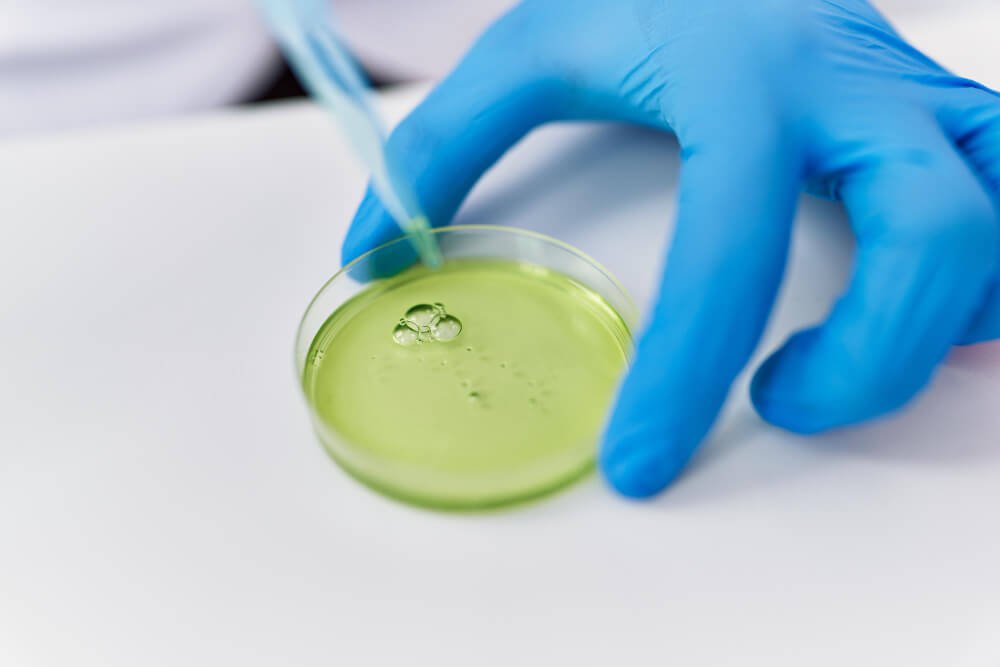As research on longevity and cellular health expands, two molecules have gained major attention: Nicotinamide Mononucleotide (NMN) and Nicotinamide Adenine Dinucleotide (NAD+).
Both are critical for maintaining energy metabolism, DNA repair, and overall cellular vitality. However, their functions, absorption, and clinical uses differ significantly.
This article explains the science behind NMN and NAD+, their differences, and how to decide which approach may support your wellness or anti-aging goals.
What is NAD+
NAD+ is a coenzyme present in every living cell. It acts as a molecular currency that enables biological reactions essential for life. Its primary roles include:
- Energy production: NAD+ helps transfer electrons in mitochondria, allowing the body to generate ATP, the main source of cellular energy.
- DNA repair: It activates sirtuins and PARPs, key enzymes involved in genomic stability and repair.
- Metabolic regulation: NAD+ supports glucose, lipid, and amino acid metabolism.
- Cognitive health: Adequate NAD+ levels are linked to better memory and mental focus.
NAD+ levels naturally decline with age, stress, and chronic inflammation. Research shows that by the age of 40, NAD+ may drop by up to 50 percent, leading to fatigue, slower metabolism, and reduced resilience.
Restoring NAD+ has therefore become a major focus in anti-aging and metabolic health research.
What is NMN
NMN (Nicotinamide Mononucleotide) is a direct precursor to NAD+. The body uses NMN to produce NAD+ through the salvage pathway, making it an effective way to maintain NAD+ levels.
Scientific facts about NMN:
- NMN is found in small amounts in foods such as broccoli, avocado, and edamame.
- It is converted into NAD+ after absorption in the body, especially in organs with high energy demand like the brain, liver, and muscles.
- Supplementing NMN has shown benefits in animal and early human studies, including improved endurance, insulin sensitivity, and cognitive performance.
Because NMN helps the body make its own NAD+, it is often used for long-term support and gradual enhancement of cellular health.
NMN vs NAD+: Key Scientific Differences
| Feature | NMN | NAD+ |
| Molecular Role | Precursor that converts to NAD+ | Active coenzyme used by cells |
| Mechanism | Supports natural NAD+ synthesis | Delivers NAD+ directly to cells |
| Absorption | Taken orally as capsules or sublingual forms | Usually administered through injections or IV therapy |
| Speed of Action | Gradual and steady effect | Immediate cellular impact |
| Best Use | Daily support for energy and longevity | Rapid restoration or clinical use |
In short, NMN works as a builder that helps the body generate NAD+, while NAD+ acts as the ready-to-use molecule that fuels vital reactions. NMN builds levels gradually, and NAD+ therapy gives faster results when needed.
Which One Should You Choose
Your choice depends on your goals and how you prefer to support your health.
Choose NMN if you:
- Want a daily and sustainable supplement
- Aim to support long-term cellular function
- Prefer a non-invasive option for everyday use
Choose NAD+ if you:
- Need a fast energy or focus boost
- Are recovering from fatigue or high stress
- Want a clinical-grade treatment with faster results
Scientific Perspective on Longevity Optimization
Combining NMN supplements with NAD+ therapy can provide complementary benefits. NMN maintains baseline NAD+ levels over time, while NAD+ injections or infusions can restore levels quickly during high physical or mental demand.
This combination approach is gaining interest in longevity medicine as it supports both consistent and immediate cellular energy balance.
Final Takeaway
Both NMN and NAD+ are essential for cellular health and energy metabolism.
NMN helps your body maintain steady NAD+ production, while NAD+ therapy delivers an instant supply when you need it most.




